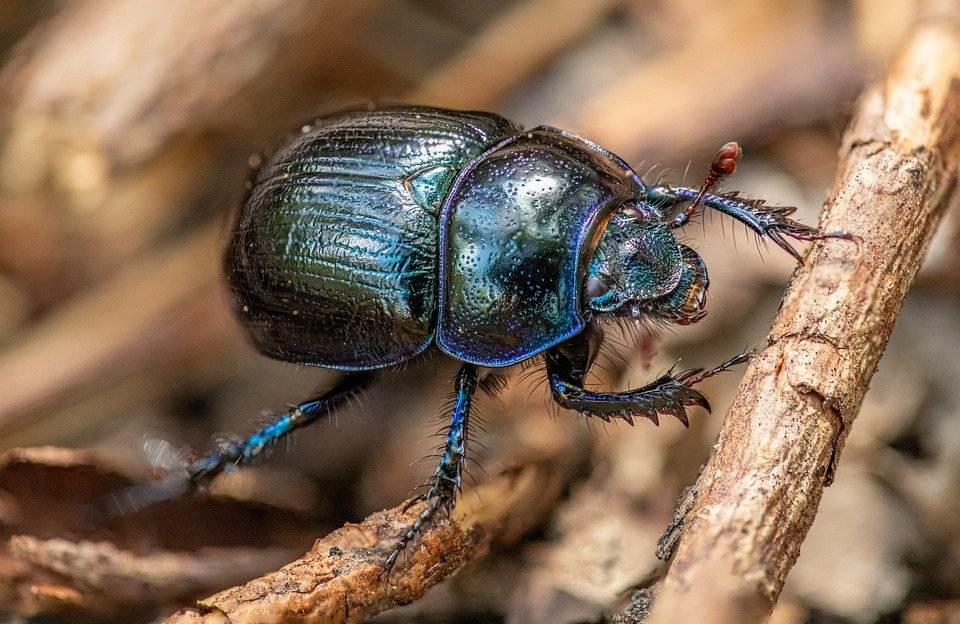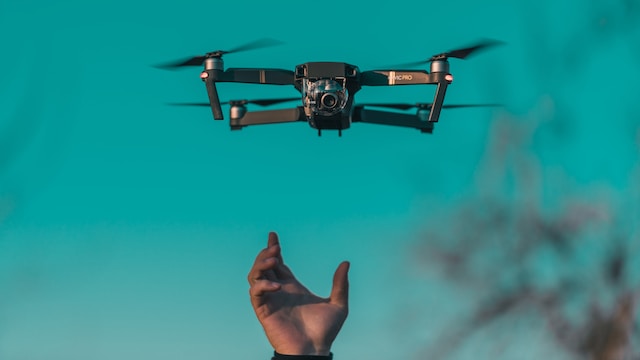QR codes are not inherently secure, and they can be easily counterfeited. This is because QR codes are simply a way of encoding data into a two-dimensional image. The data itself is not encrypted, so anyone with a scanner can read it.
To make QR codes more secure, scientists from Nagoya University have developed a new type of QR code that mimics the coloration units of beetle shells.
The new QR codes are a promising new development in the field of security.
The key to this innovation is the use of cholesteric liquid crystals (CLCs), which are a special type of liquid crystal with a helical structure that can be engineered to reflect specific wavelengths of light. This means that CLCs can be used to create materials with an infinite color spectrum, including the vibrant colors seen in butterfly wings and beetle exoskeletons.
When CLCs are combined with commercially available pigments, they can be used to create QR codes that only appear under a specific circular polarizer.
This makes it very difficult to counterfeit these QR codes, as counterfeiters would need to know the exact wavelength of light that is needed to see the code.
This research has the potential to develop highly secure and non-replicable QR codes.
Utilizing the property of chirality in CLCs, these QR codes could be designed with asymmetry that makes them impossible to be superimposed onto their mirror image, enhancing their security.







